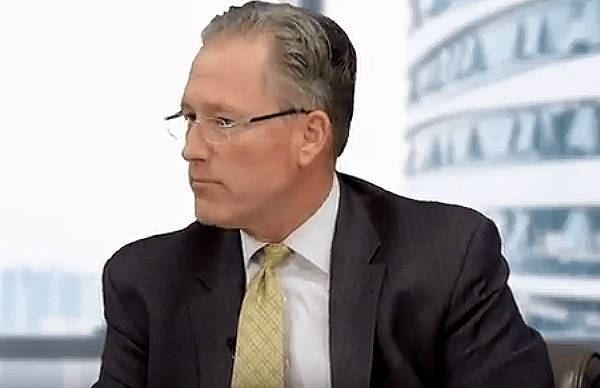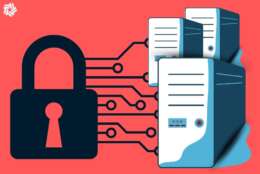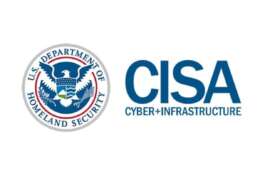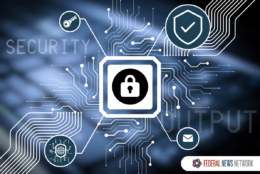Hubbard Radio Washington DC, LLC. All rights reserved. This website is not intended for users located within the European Economic Area.
On Air: Federal News Network
Cybersecurity 2019
Data storage and maintaining cybersecurity standards are daunting challenges for the Justice Department’s U.S. Attorney’s Office.
Read moreForeign actors are increasingly using those vulnerabilities to advance state policies, causing governments to treat cyber attacks as an extension of armed conflict.
There are an increasing amount of hoops contractors working in cyber need to jump through to partner with the government, but Tony Hubbard, government cybersecurity lead at KPMG, says that is the reality of the world today.
The National Cybersecurity Awareness Month 2019 toolkit includes advice in 13 areas, from social media bots to smart home devices such as door locks.
-
Crowdstrike has a lot to teach about routine system maintenance
The recent Crowdstrike outage has shown everything that can go wrong when doing a simple update.
-
OMB’s new FedRAMP policy takes aim at the pain points
Drew Mykelgard, the deputy federal chief information officer at OMB, said the updated FedRAMP policy pushes for more automation, reciprocity.
-
CISA executive director to depart after three years
Brandon Wales is the second senior leader to depart CISA in recent months. He led many of CISA’s internal and external initiatives over the last three years.
-
Crowdstrike outage: SSA shutters offices, other agency impacts
Here’s what we know about how a global IT outage, sparked by a faulty software update from cybersecurity firm CrowdStrike, is impacting federal agencies.
-
OPM to lift pause on FSAFEDS enrollments in August
FSAFEDS enrollees will also soon have to transition to Login.gov and complete an identity verification to continue accessing their accounts.
-
FedRAMP’s 2 new efforts target long-time vendor frustrations
The cloud security program launched two programs, an agile delivery pilot and a new technical documentation hub, to accelerate cloud authorizations.
-
This company is helping government satellite operators improve awareness of threats in low-earth orbit
An academic course endorsed by the Defense Department and delivered by accelerator company BMNT aims to help science and engineering students develop their idea
-
DHS official details efforts to harmonize cyber incident reporting rules
DHS cyber lead Iranga Kahangama also says the proposed cyber incident reporting rule is not “simply a land grab,” as some criticize it for being overly broad.












